To hell with barriers and borders!
Let’s cross them briskly to discover a little marvel in Brussels, the new Chocolate Museum!
The Van Belle family presents a fantastic collection of objects found all over the world … ritual objects, roasters, chocolate makers, “shaker” or “mustache” cups, boxes and molds, rabbits, chickens, fish …
Bruges, Paris, Colmar, Prague and Mexico also have their “Choco Story”.
A fabulous, educational and fun initiatory journey, a stone’s throw from the Grand-Place in a town with more than 40 chocolatiers, Marcolini, Mary, Neuhaus, Corné Port Royal …
The Museum stages the history of chocolate.
The cultivation of cocoa dates back to over 2000 BC. J.-C with the Olmecs, pre-Columbian civilization.
In the 14th century, the Mayans and Aztecs used cocoa butter to heal burns, heal the liver and lungs, remedy snakebites.
Cocoa was then a ritual drink called “xocoatl”, meaning “bitter water”, made from roasted and ground cocoa beans mixed with water and spices (chilli, pepper, flowers).
The cocoa bean was even used as currency at that time.
When Christopher Columbus discovered America on October 12, 1492, he also discovered cocoa.
But we find it uninteresting.
A few decades later, Hernan Cortez, arriving with his troops on the Mexican coast, saw the profit for Spain in intensifying the cultivation of cocoa to make this new bitter drink.
He brought it back to Spain and cocoa quickly became fashionable.
To meet the European taste, sugar is added to it.
It was introduced into France by the Jews driven out of Spain or Portugal.
Anne of Austria and Marie-Thérèse of Austria, wives of French and Spanish kings by birth, great chocolate lovers, helped to popularize it.
Belgium began to produce chocolate at the end of the 17th century.
A century later, it is used in cooking for making desserts.
Over the years, techniques progress and inventions follow one another … a process which makes it possible to solidify the chocolate … thus the bar is born … milk chocolate with the Swiss Daniel Peter and Henri Nestlé … the bite filled that Jean Neuhaus baptizes “praline”, while his wife creates the “ballotin”, box which allows to wrap the pralines with delicacy.
The Museum also shows the manufacturing processes of “brown gold”.
The coconut fruit is the pod in which the beans are found.
Heaped up then covered with banana leaves, they ferment for 2 to 3 days.
They are then dried in the sun and turned over for 2 weeks.
After selection, they are heated to a temperature of 120 to 130 ° C for 15 to 35 minutes. It is the roasting that increases the flavor.
A crusher separates the seeds from their husks before they are crushed until a compact paste is obtained, to which cocoa butter is added.
Phew! that’s it, we finally have chocolate! … brittle, melting, characteristics of a good chocolate.
Let’s not forget the “conching”, a long mixing which gives smoothness, smoothness, and reduces bitterness.
The very recent layout of the Museum is of high quality with reconstructed sets worthy of a movie set, interactive screens, educational and fun texts, subtle lighting creating atmospheres with sounds and scents!
At the end of the journey, a room offers an impressive 3D video!
Sitting in comfortable armchairs, equipped with a virtual reality headset, the visitor navigates a canoe along a river in the heart of the Amazon rainforest populated by wild animals, attends a ceremony in a temple, climbing a Mayan pyramid … a realism so breathtaking that one feels the sensation of vertigo!
The visit ends with a demonstration of the coating of pralines with tasting. Sluuurp! Yum yum !!
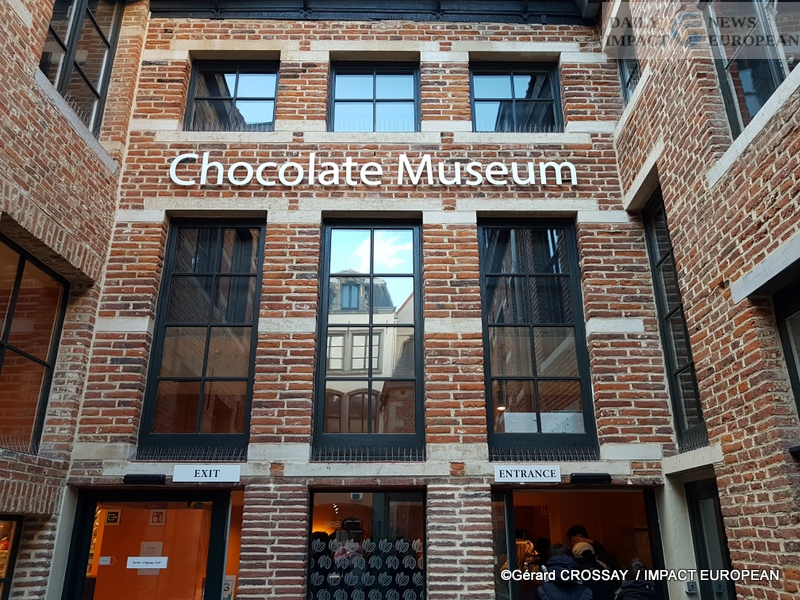
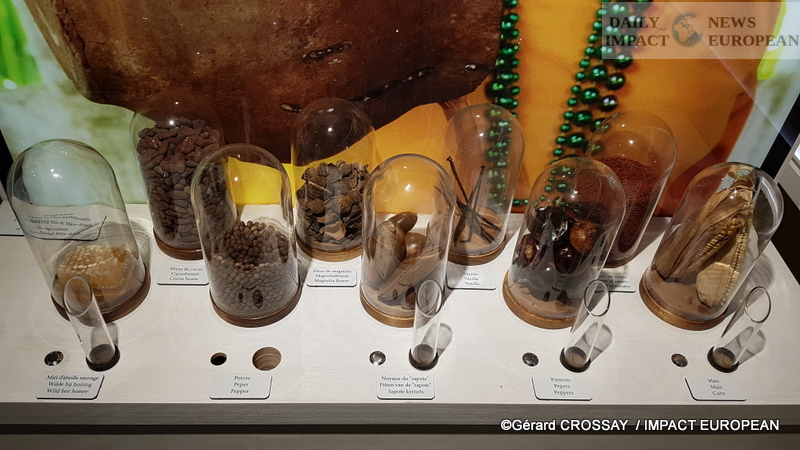
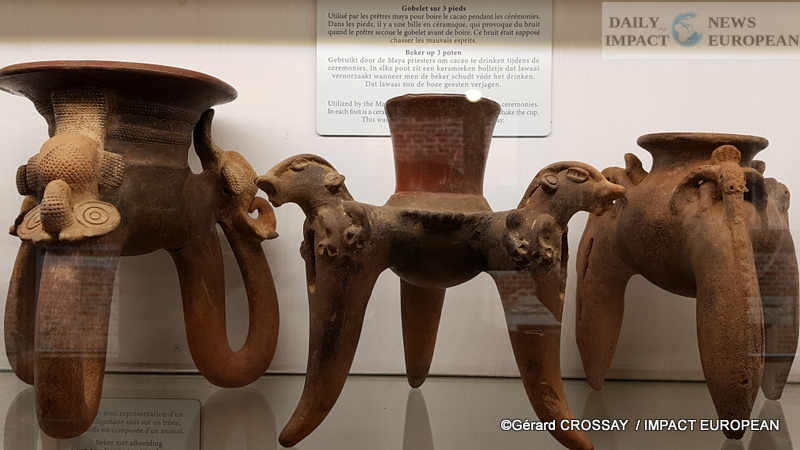
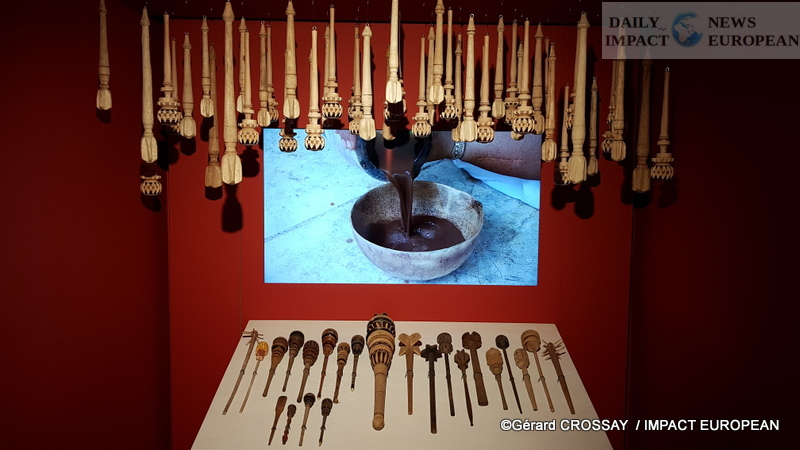
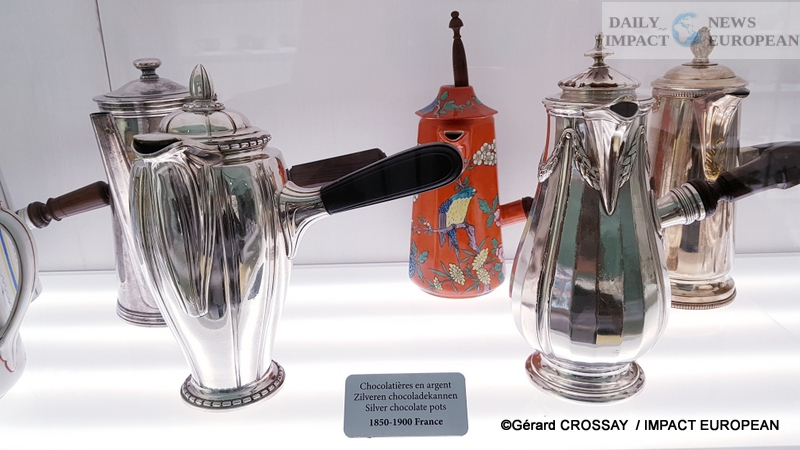
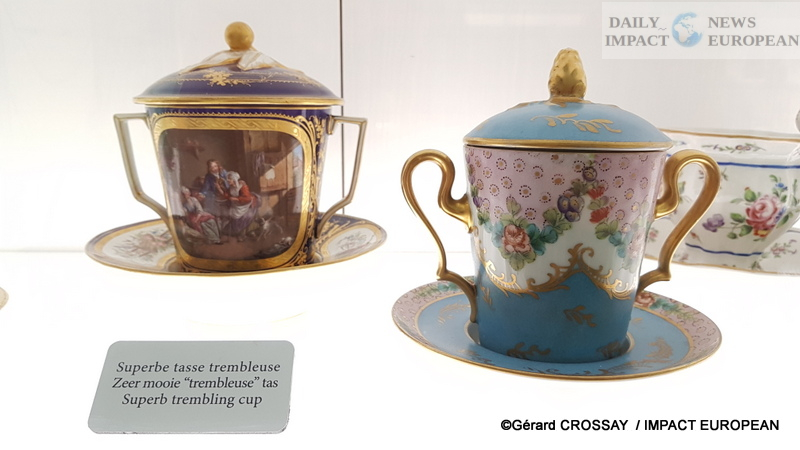
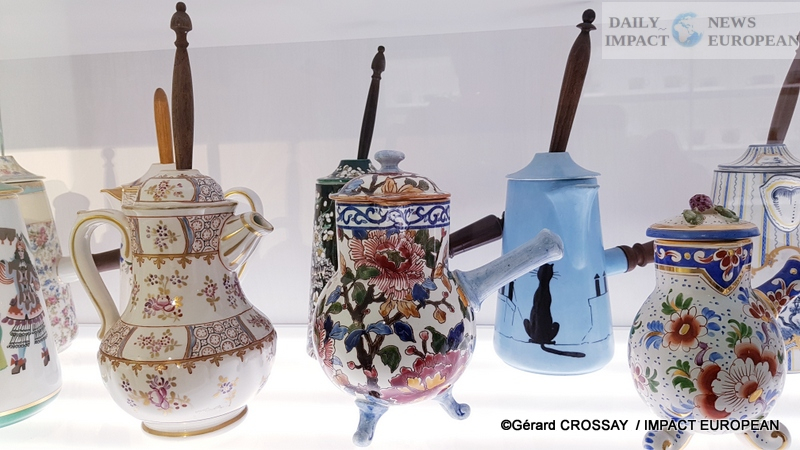
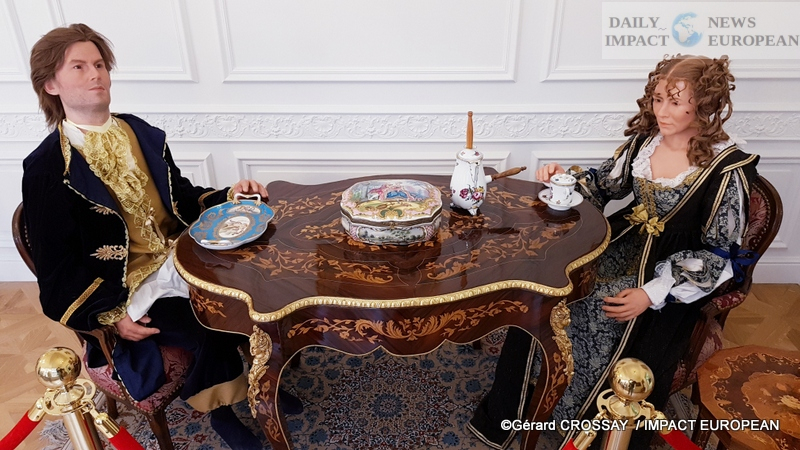
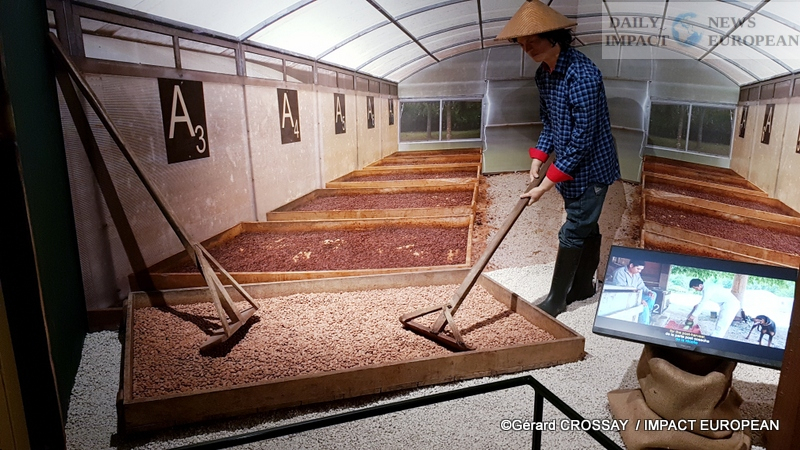


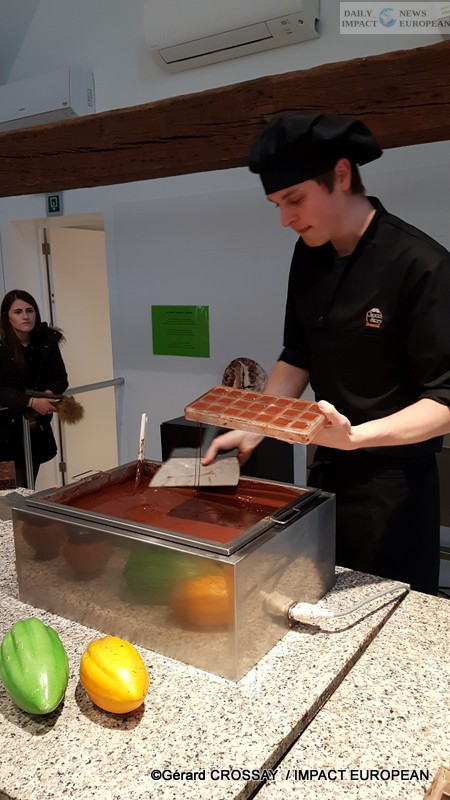
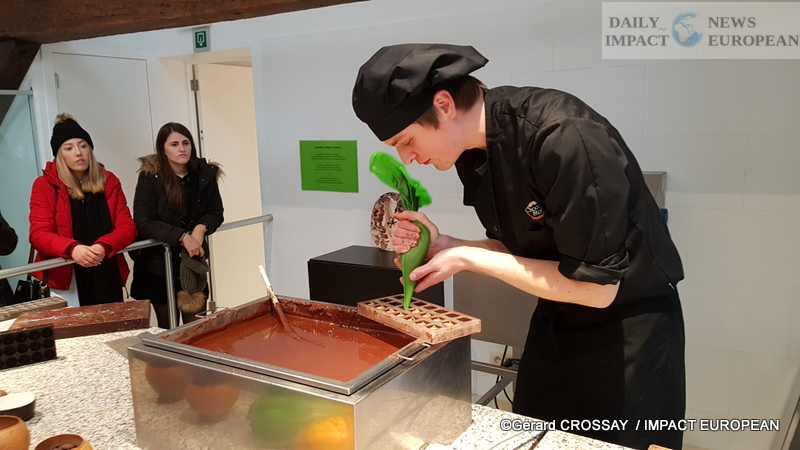

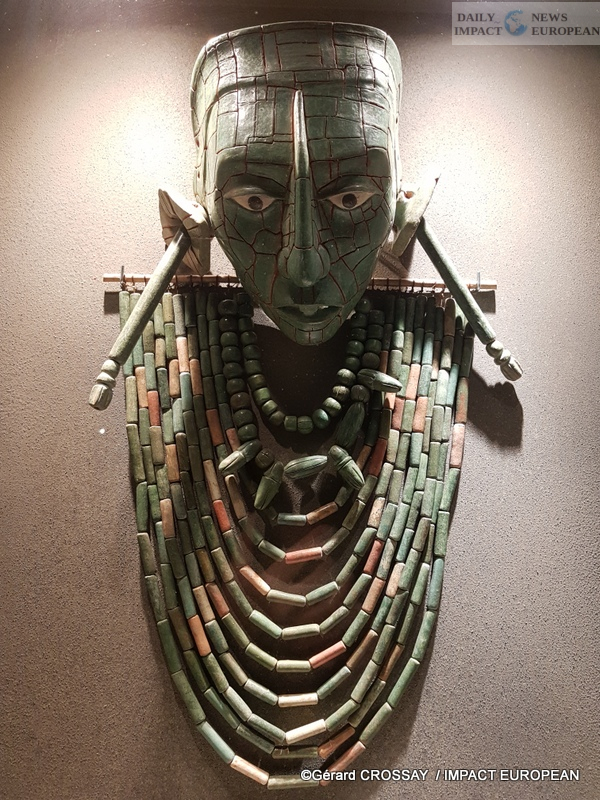
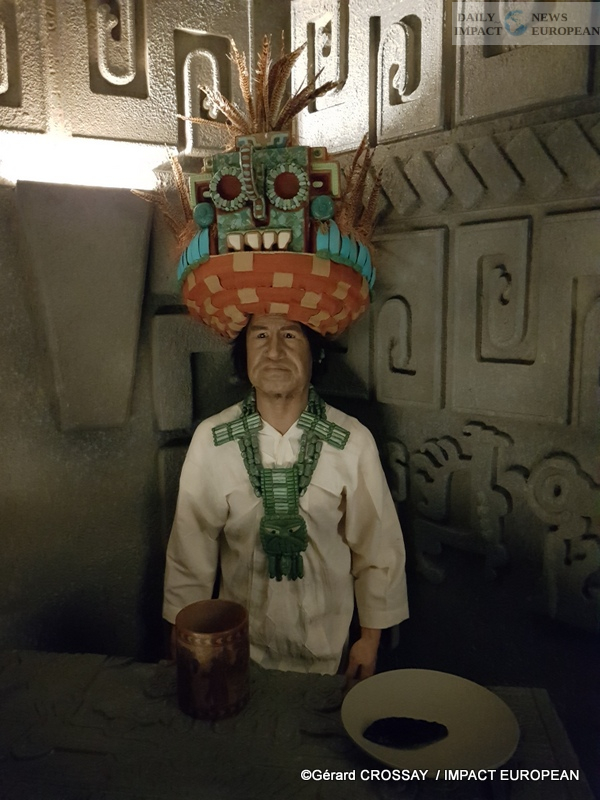
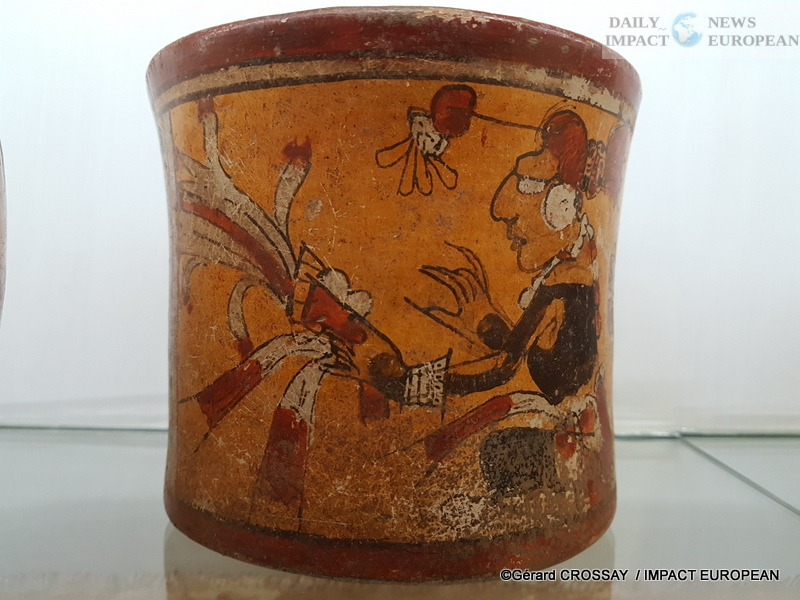
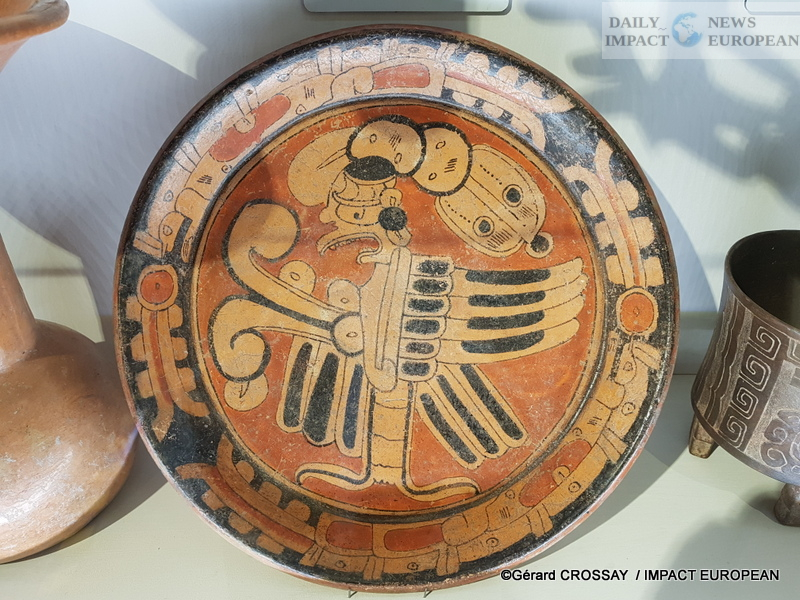
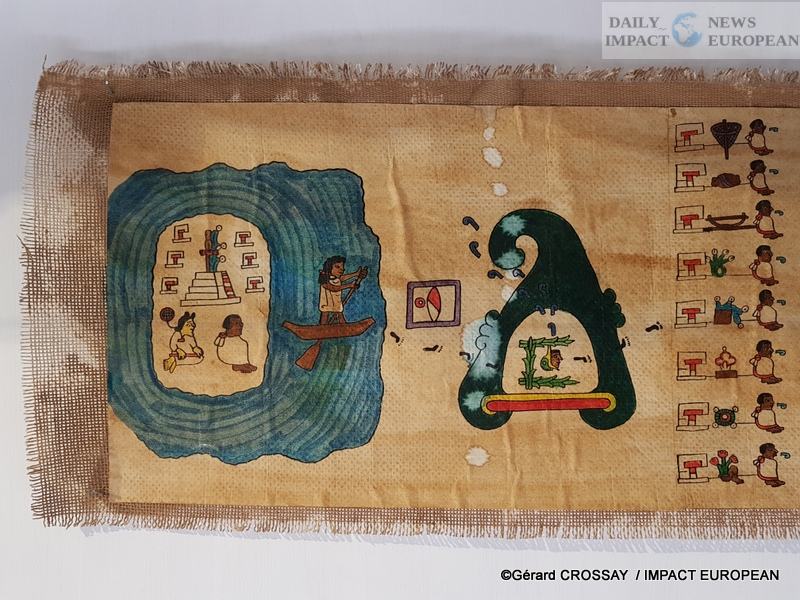

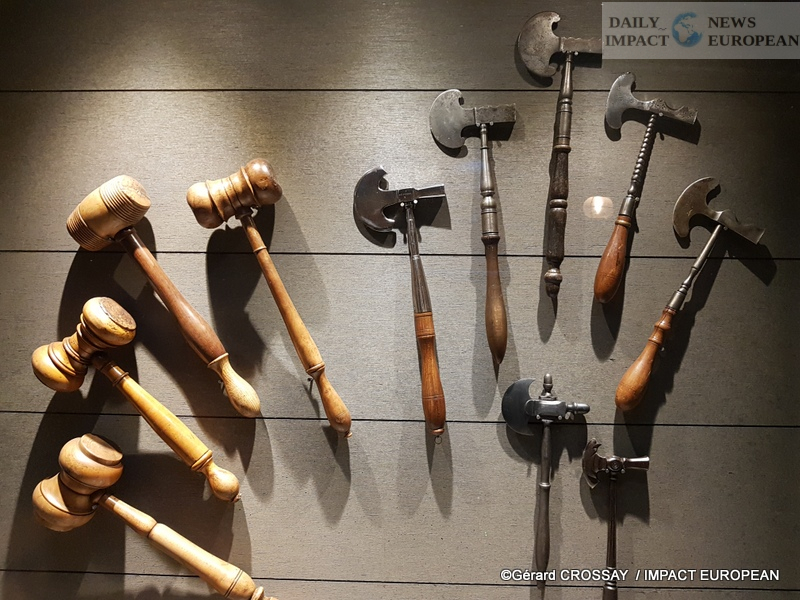
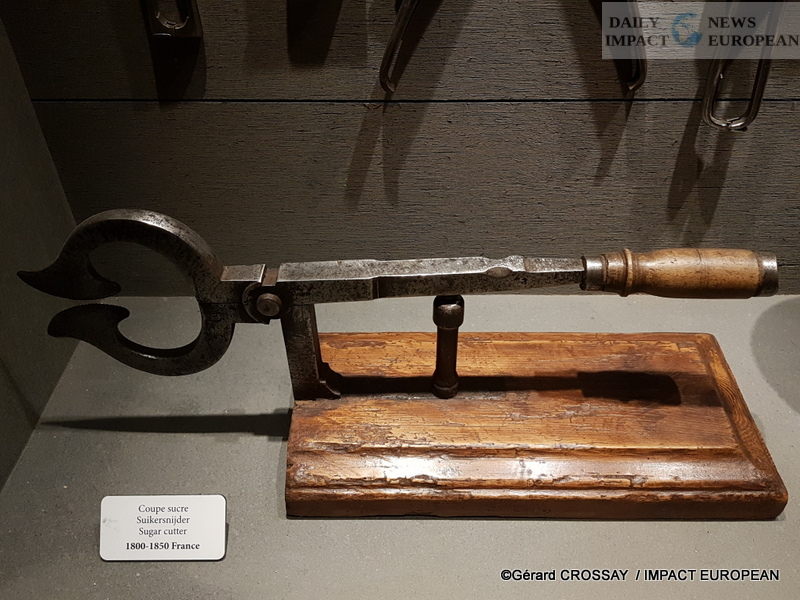

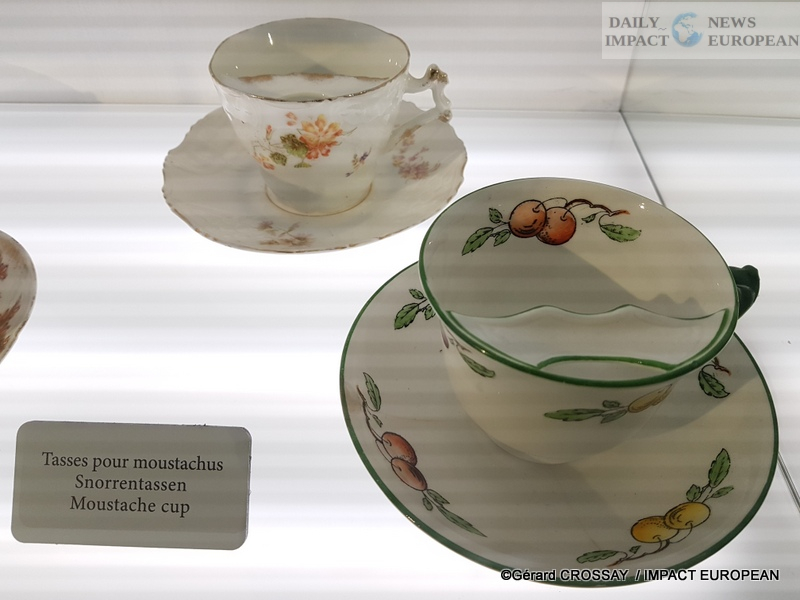
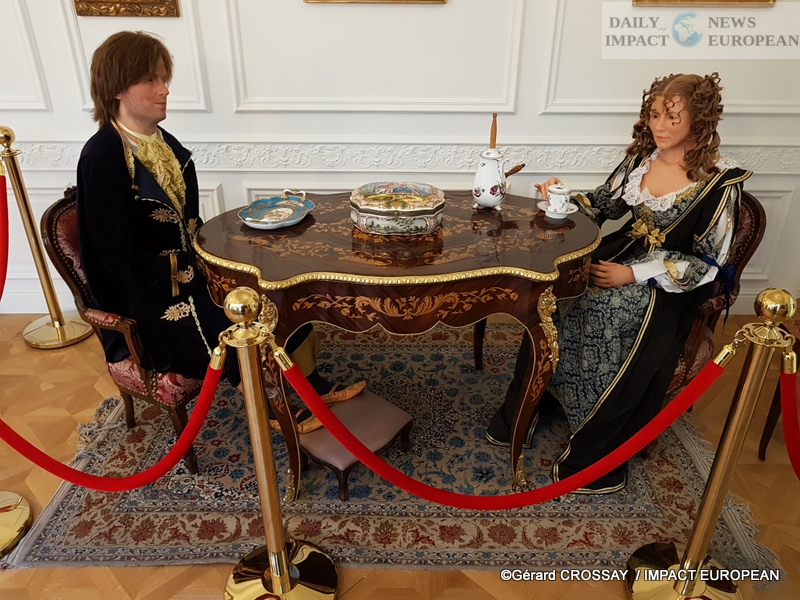
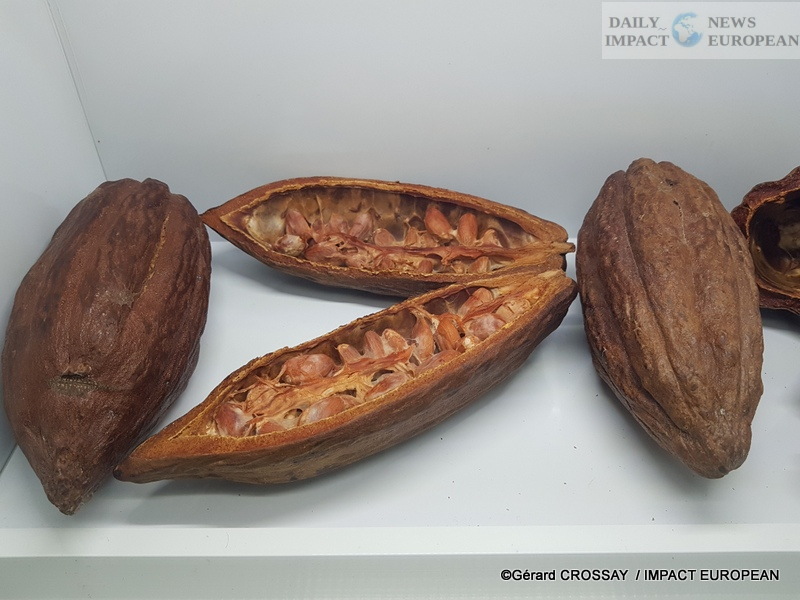
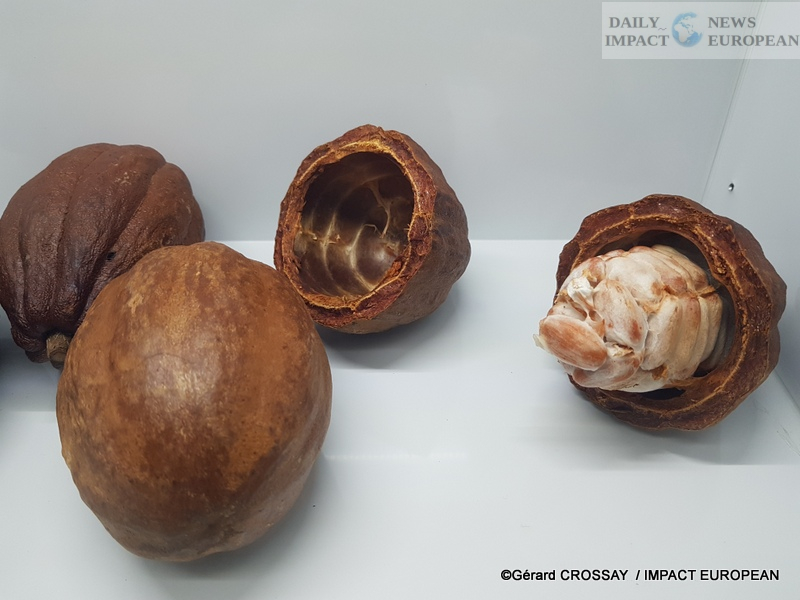
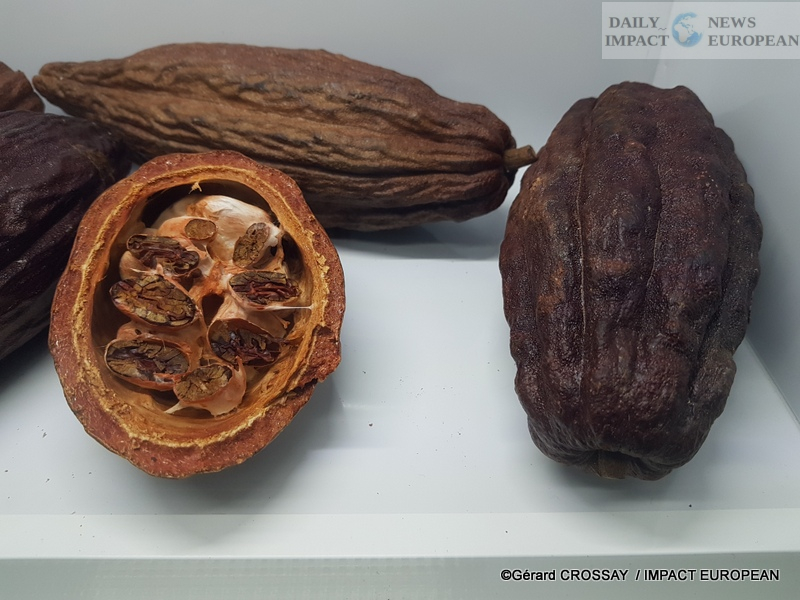
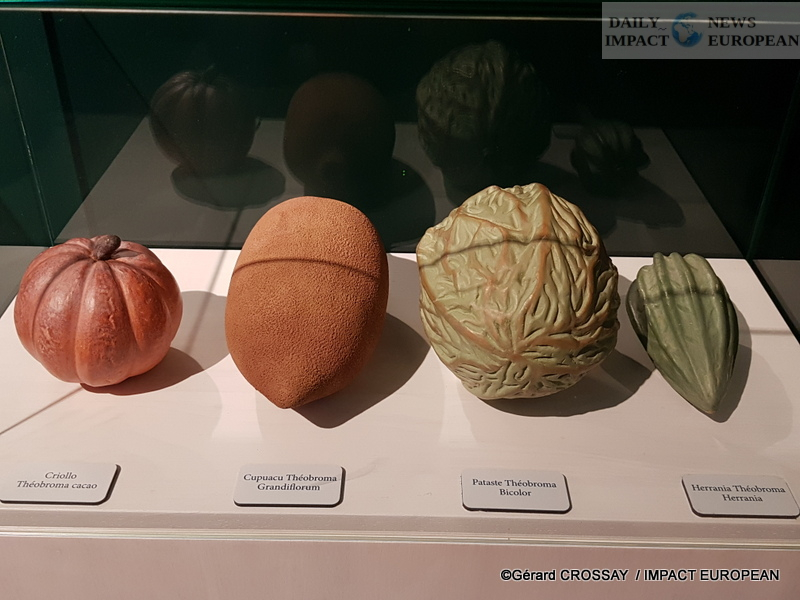
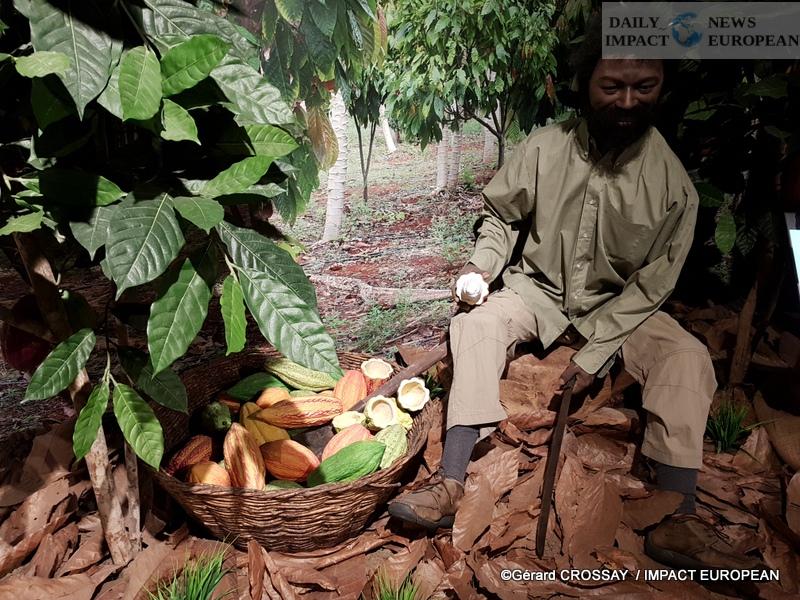
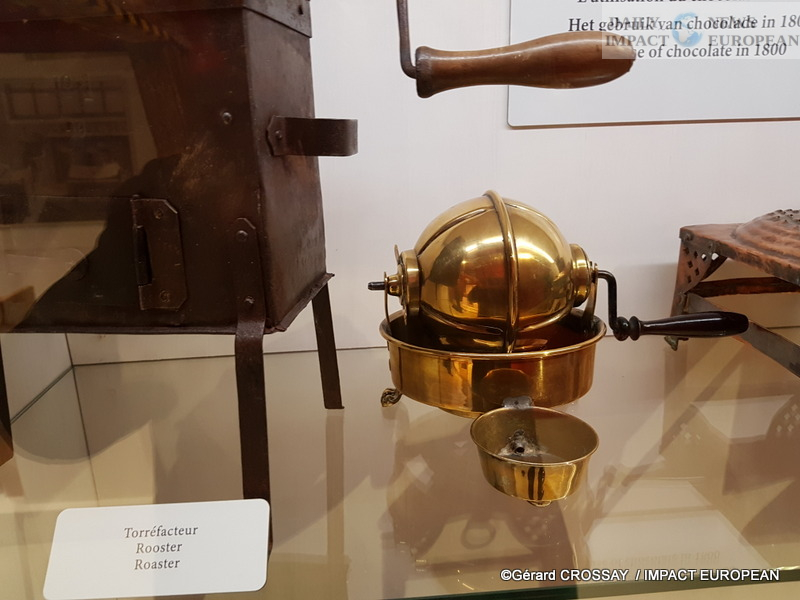

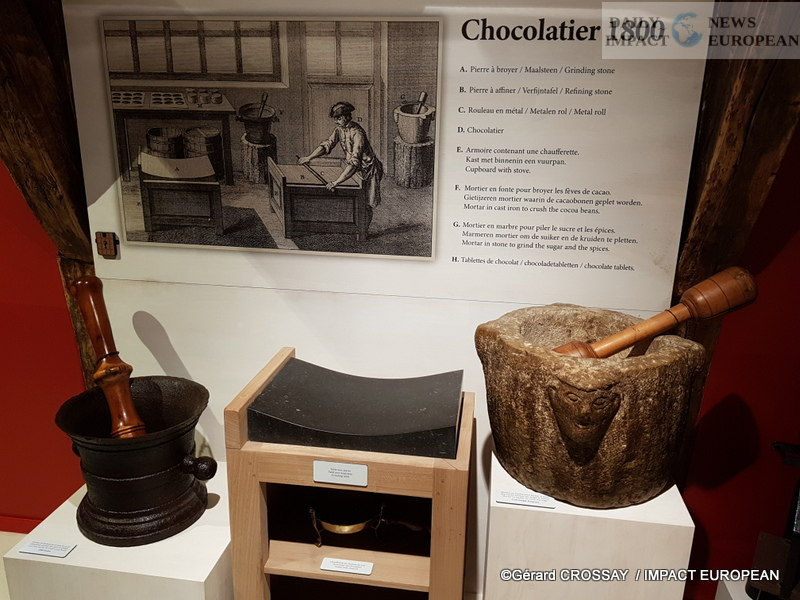

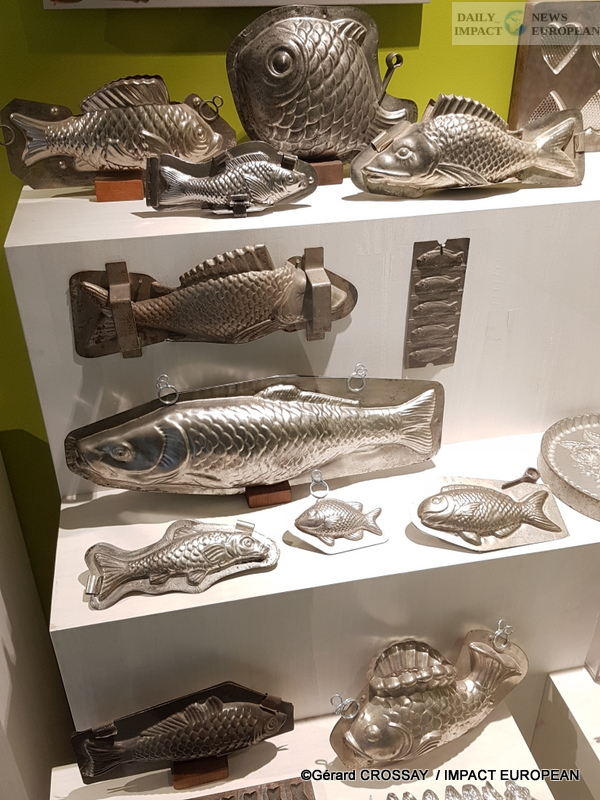
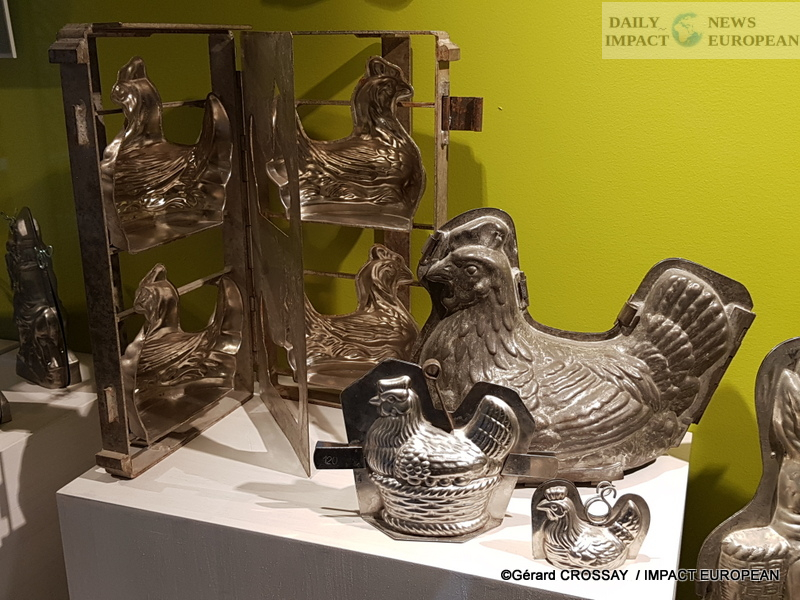
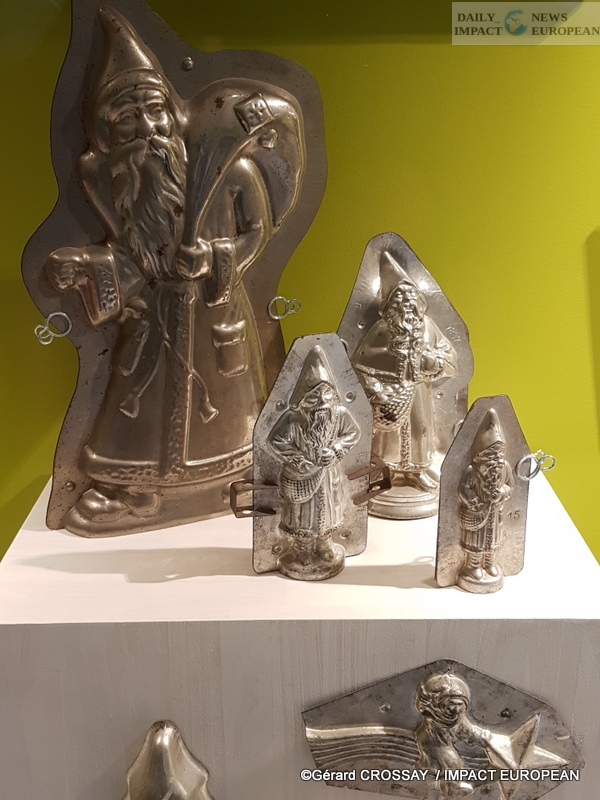

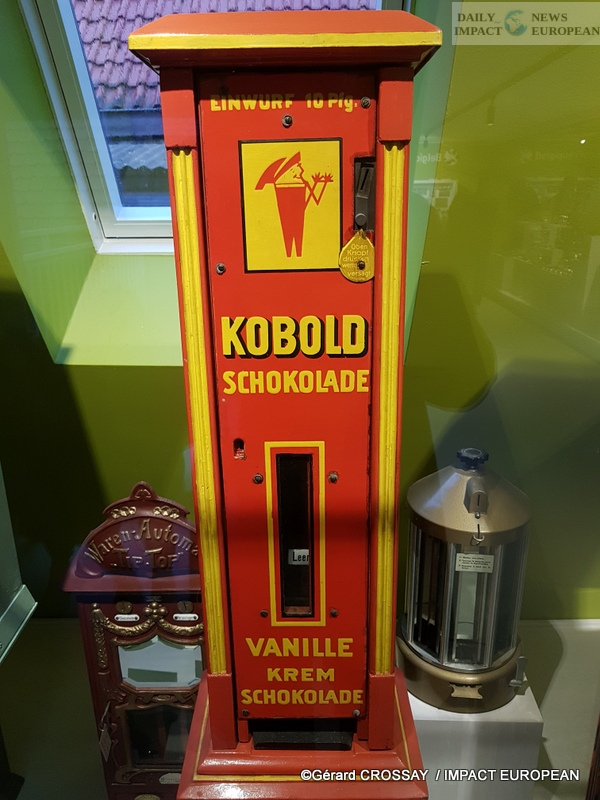


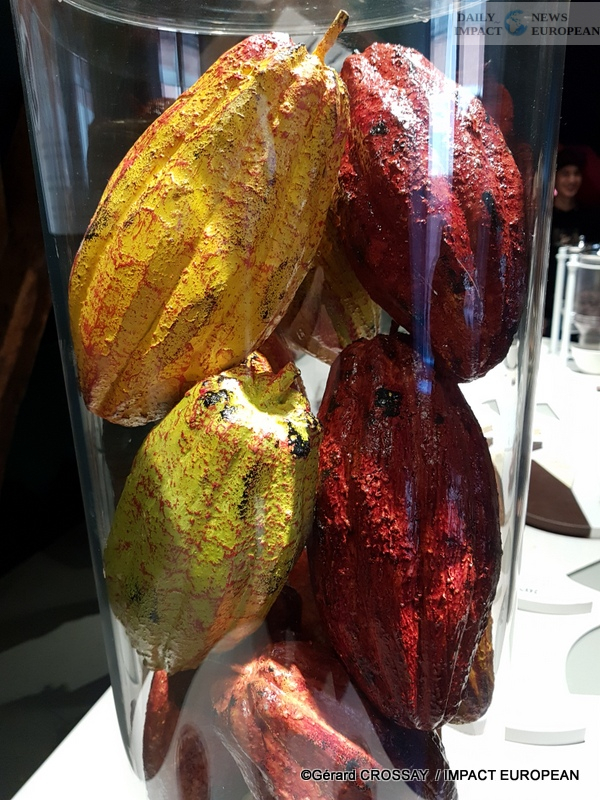
More Stories
METAL D’ALCOVE, the workshop of Eric KATZ, lighting sculptor in Montmartre
Paris Marathon 2024: Victory for Ethiopians at the Paris marathon
Gelsomina